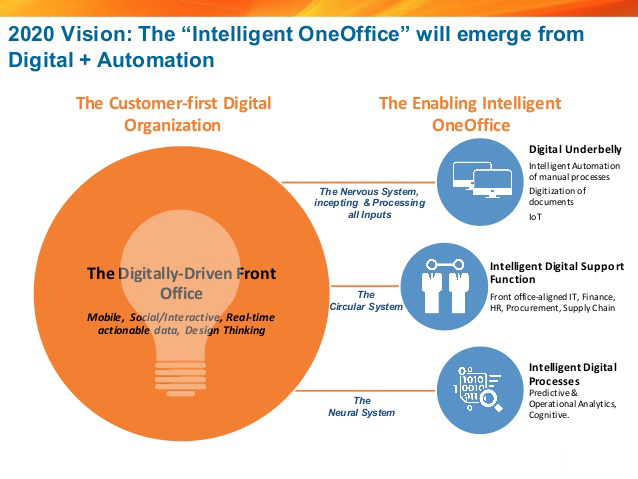Adopting some best practices And changing the way IT process automation
Pave the way for more enhanced automation products down the road.
IT process automation
Many enterprises across the globe are presently experiencing serious problems with their automation. While the purpose behind implementing an automation tool is a positive one, the result for many has been overcrowding and an increase in costly errors.

-
IT Process Automation Challenges
Much of the problem lies in the way IT automation tools have been approached. With so many options available to them, individual departments sought solutions for their unique pain points.
-
Automation of the Future Must Be Better
To address these serious challenges that many enterprises are currently facing, or will be in the near future, more sophisticated solutions will be needed. Along with these enhanced IT process automation products, a number of best practices should be developed and implemented
-
ITPA tool selection
Establish roles within the IT department that are specific to automation. These roles may include naming someone the automation manager, an automation architect or an automation specialist. These individuals will be responsible for identifying the actual need and overseeing the ITPA tool selection process with the “big picture” in mind.
-
Processes and workflows
Identify what tasks, processes and workflows can and should be automated. This typically starts with scripts (PHP, Unix, Windows, Ruby on Rails, etc.). By compiling a list of what scripts are to be automated, it will be much easier to determine which tools would offer a more universal solution. This may also provide insight into which existing tools could be retired.
-
IT process automation
Look for IT process automation tools that are mature and offer more robust features as well as versatility to interface with other systems. Less mature products typically only address a small area of concern. This only further promotes the fragmented siloed atmosphere that is holding many organizations back.
-
Integrate with other platforms
Take the time to evaluate the features of each tool and its ability to integrate seamlessly with other platforms. Making a hasty decision could result in implementing multiple tools that actually compete with one another, rather than complement each other.
